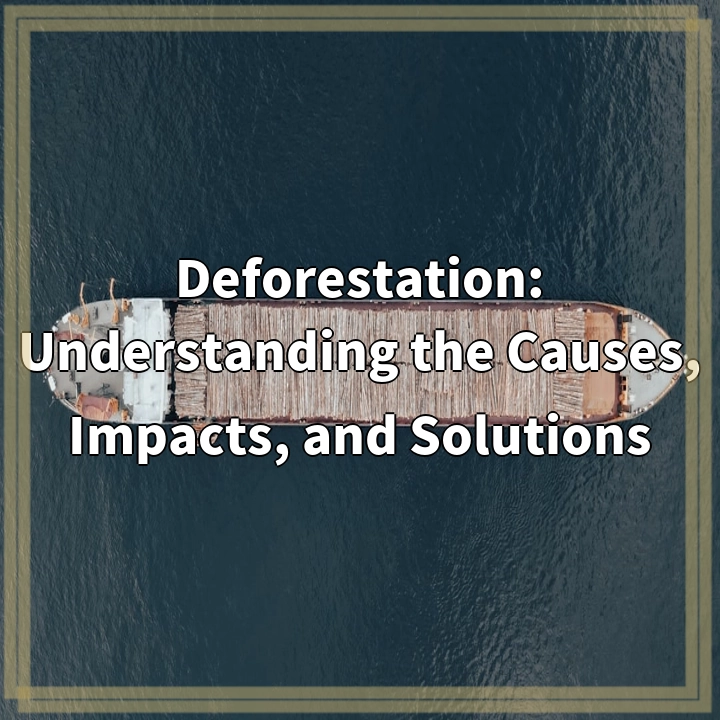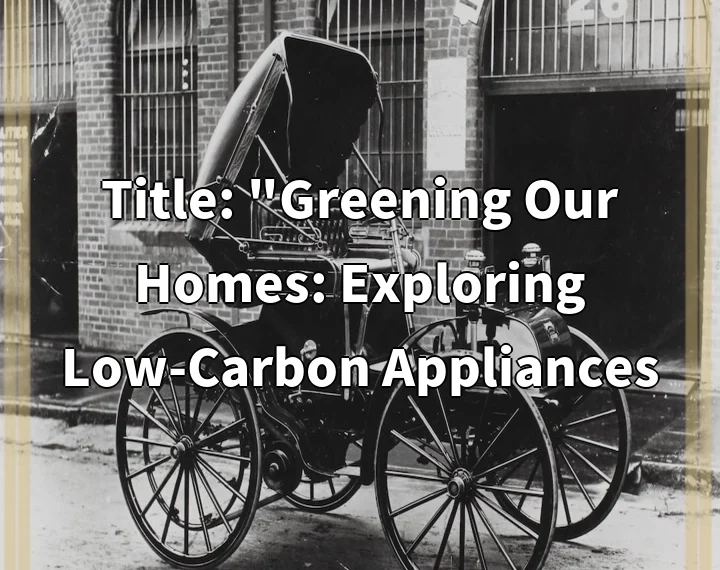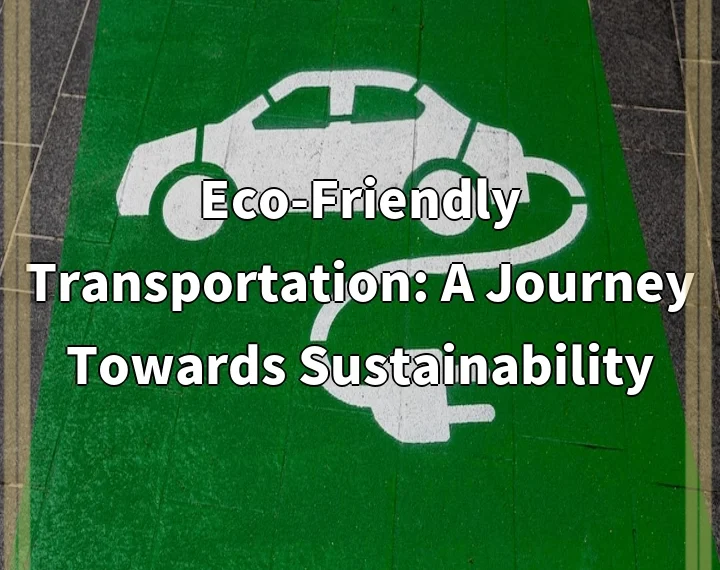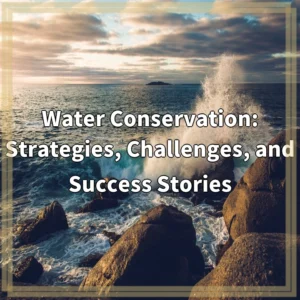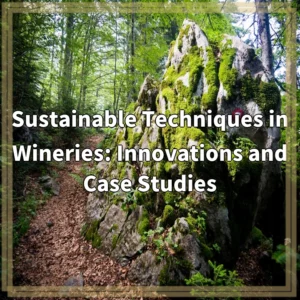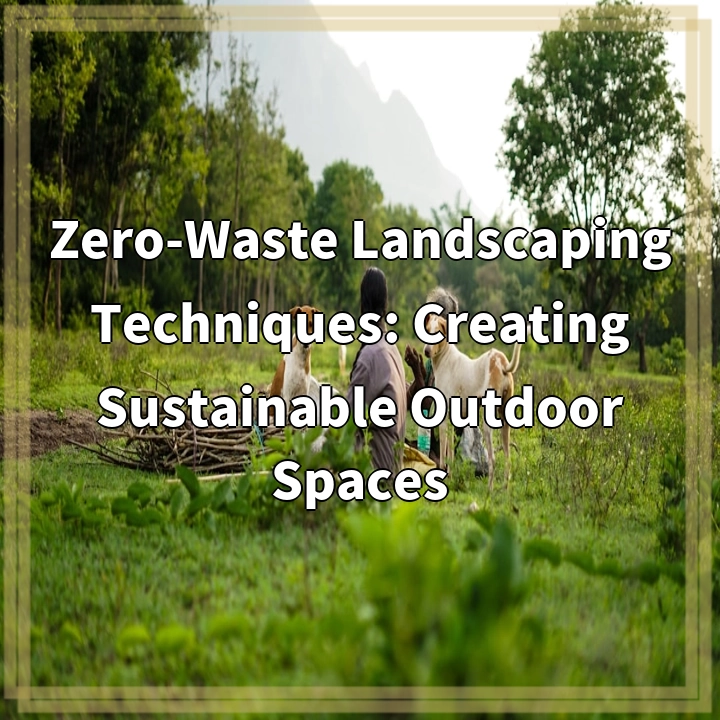
What it is:
Zero-waste landscaping techniques focus on creating outdoor spaces that minimize waste, promote sustainability, and enhance biodiversity. This approach encourages landscape designers, gardeners, and homeowners to rethink traditional landscaping practices by integrating ecological principles, reducing resource consumption, and utilizing sustainable materials.
At the core of zero-waste landscaping is the idea of reusing and recycling organic materials, like leaves and grass clippings, instead of sending them to landfills. Techniques such as composting, xeriscaping (designing landscapes that require minimal irrigation), and using native plants contribute to healthier ecosystems while reducing maintenance costs and water usage.
Benefits of Zero-Waste Landscaping
Implementing zero-waste landscaping techniques can lead to numerous environmental benefits. These include improved soil health, reduced carbon footprint, enhanced resilience to climate change, and increased habitat for local wildlife. By creating gardens and landscapes that function as ecosystems, we can help restore natural balance and create habitats that support biodiversity.
Real-World Problems
Despite the significant benefits of zero-waste landscaping, several challenges persist in adopting these practices. One major issue is the lack of awareness and understanding among homeowners and landscaping professionals about sustainable alternatives to conventional landscaping. Many still rely on chemical fertilizers, synthetic materials, and resource-intensive practices without considering the long-term impacts on the environment.
Financial Barriers
Another real-world problem is the perceived initial cost associated with implementing zero-waste techniques. Many people view these practices as expensive changes requiring significant investment in new materials or landscaping designs. This can discourage homeowners from embracing sustainable landscaping solutions, even though many zero-waste strategies ultimately save money over time.
Limited Accessibility to Resources
Access to native plants, composting programs, and educational resources can also hinder the adoption of zero-waste landscaping practices. In some areas, it may be challenging to find quality native plants or nearby facilities that support composting efforts. The absence of support networks can prevent communities from fully realizing the potential of sustainable landscaping.
Additionally, climate change and shifting environmental conditions can pose challenges, as they may lead to new pest pressures, changing growing seasons, and increased water scarcity. As landscape designers and gardeners strive to create resilient ecosystems, they must adapt their practices to these evolving environmental factors.
By addressing these real-world problems and embracing zero-waste landscaping techniques, we can create thriving outdoor spaces that support both people and the planet.

Solutions to Zero-Waste Landscaping Challenges
To effectively implement zero-waste landscaping techniques and overcome the associated challenges, several key solutions can be adopted by individuals, communities, and landscaping professionals.
1. Education and Awareness
Increasing awareness about zero-waste landscaping principles is essential. Providing workshops, webinars, and resources can help homeowners and landscapers understand the benefits of sustainable practices. Engaging local communities through outreach programs can foster a culture of sustainability and encourage the adoption of eco-friendly landscaping techniques.
2. Financial Incentives and Support
To make zero-waste landscaping more accessible, local governments and organizations can offer financial incentives, such as grants or tax credits, for implementing sustainable practices. Establishing resources for affordable native plants and composting materials can also alleviate the perceived initial costs and encourage adoption.
3. Community-Based Resources
Creating community resource centers or partnerships with local nurseries can provide access to native plants and composting facilities. Establishing local plant swaps or community gardens can foster collaboration and make sustainable resources more readily available to the community.
4. Adaptive Landscaping Practices
Encouraging flexibility in landscaping designs is crucial for adapting to climate change and environmental shifts. Landscape professionals should prioritize using resilient native plants and xeriscaping methods to create sustainable outdoor spaces that require fewer resources and adapt to changing conditions.
5. Collaboration and Networking
Building networks among environmental organizations, landscape designers, and community members can facilitate knowledge sharing and create a support system for implementing zero-waste landscaping techniques. Sharing success stories and case studies can inspire others to adopt these practices.
By incorporating these solutions, individuals and communities can effectively navigate the challenges associated with zero-waste landscaping, thereby fostering healthier ecosystems and more sustainable outdoor spaces.



